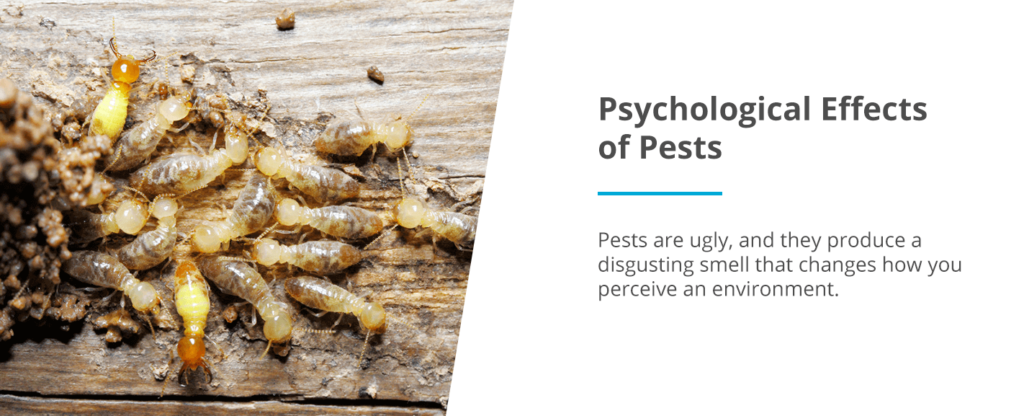What Does Eco Bed Bug Exterminators Dc Do?
Unknown Facts About Eco Bed Bug Exterminators Dc
Table of ContentsFascination About Eco Bed Bug Exterminators DcEverything about Eco Bed Bug Exterminators DcThe 20-Second Trick For Eco Bed Bug Exterminators DcWhat Does Eco Bed Bug Exterminators Dc Mean?The Single Strategy To Use For Eco Bed Bug Exterminators Dc
Due to the fact that chemicals are hazardous, they are also possibly harmful to human beings, pets, other microorganisms, and the environment. Individuals who utilize chemicals or on a regular basis come in contact with them should understand the family member poisoning, prospective wellness results, and preventative procedures to lower direct exposure to the products they utilize. Hazard, or threat, of making use of chemicals is the potential for injury, or the degree of threat involved in utilizing a chemical under an offered collection of conditions.
Applicators can minimize or virtually remove exposure-- and hence reduce danger-- by complying with the tag directions, using personal safety garments and devices (PPE), and dealing with the pesticide appropriately. Even more than 95 percent of all chemical direct exposures come from facial exposure, mainly to the hands and forearms. By putting on a pair of unlined, chemical-resistant gloves, this kind of direct exposure can be nearly gotten rid of.
The hazardous effects that take place from a solitary exposure by any route of entry are termed "intense results." The four courses of exposure are dermal (skin), breathing (lungs), dental (mouth), and the eyes. Acute toxicity is determined by examining the facial toxicity, inhalation toxicity, and oral poisoning of guinea pig.
Indicators on Eco Bed Bug Exterminators Dc You Need To Know
Acute poisoning is measured as the amount or focus of a toxicant-- the a.i.-- needed to kill half of the animals in an examination population. This action is typically expressed as the LD50 (dangerous dose 50) or the LC50 (dangerous concentration 50). Furthermore, the LD50 and LC50 values are based on a single dose and are recorded in milligrams of pesticide per kilogram of body weight (mg/kg) of the examination pet or partially per million (ppm).
The lower the LD50 or LC50 worth of a pesticide item, the better its poisoning to people and animals. Pesticides with a high LD50 are the least poisonous to people if used according to the directions on the item tag. The chronic toxicity of a chemical is identified by subjecting guinea pig to lasting exposure to the active component.
The persistent poisoning of a pesticide is a lot more hard than severe poisoning to determine with laboratory evaluation. Products are classified on the basis of their relative intense poisoning (their LD50 or LC50 values). Pesticides that are identified as highly toxic (Poisoning Category I) on the basis of either dental, facial, or inhalation poisoning need to have the signal words threat and poisonous substance printed in red with a skull and crossbones symbol prominently presented on the front panel of the package tag.
The acute (single dosage) oral LD50 for chemical products in this team ranges from a trace amount to 50 mg/kg. Exposure of a couple of drops of a product taken by mouth can be fatal to a 150-pound individual. https://peatix.com/user/21474436/view. Some chemical items have just the signal word risk, which informs you nothing about the acute poisoning, just that the item can trigger severe eye damages or severe skin irritation
The Greatest Guide To Eco Bed Bug Exterminators Dc
In this group, the severe dental LD50 arrays from 50 to 500 mg/kg. A tsp to an ounce of this product can be fatal to a 150-pound person (bed bug exterminator). Chemical items identified as either a little harmful or reasonably harmless (Poisoning Classifications III and IV) are required to have the signal word care on the pesticide label

Some Of Eco Bed Bug Exterminators Dc
All pesticide toxicity valuesPoisoning worths the Consisting of, can be found on located product's Material Safety Data Sheet (MSDS). Pesticide labels and MSDS can be gotten from stores or manufactures. Furthermore, the majority of products additionally know that can be located on the web. The signs and symptoms of chemical poisoning can range from a light skin irritation to coma and even fatality.
Individuals also differ in their sensitivity to different levels of these chemicals. Some individuals may reveal no response to an exposure that might cause Extra resources extreme illness in others (exterminator DC). As a result of potential health concerns, pesticide users and handlers must acknowledge the common symptoms and signs of pesticide poisoning. The impacts, or signs, of pesticide poisoning can be generally defined as either topical or systemic.
Eco Bed Bug Exterminators Dc Fundamentals Explained
Dermatitis, or swelling of the skin, is accepted as the most generally reported topical effect linked with chemical exposure. Some individuals often tend to cough, hiss, or sneeze when exposed to chemical sprays.
This signs and symptom generally subsides within a couple of mins after a person is removed from the exposure to the toxic irritant. A reaction to a pesticide item that causes someone not just to sneeze and cough however also to create severe intense breathing signs is much more most likely to be a real hypersensitivity or sensitive response.
Systemic effects are fairly various from topical impacts. They frequently happen far from the initial point of contact as a result of the pesticide being absorbed right into and dispersed throughout the body. Systemic effects commonly consist of nausea or vomiting, throwing up, tiredness, migraine, and intestinal tract conditions. In advanced poisoning situations, the individual may experience changes in heart price, difficulty breathing, convulsions, and coma, which might cause fatality.